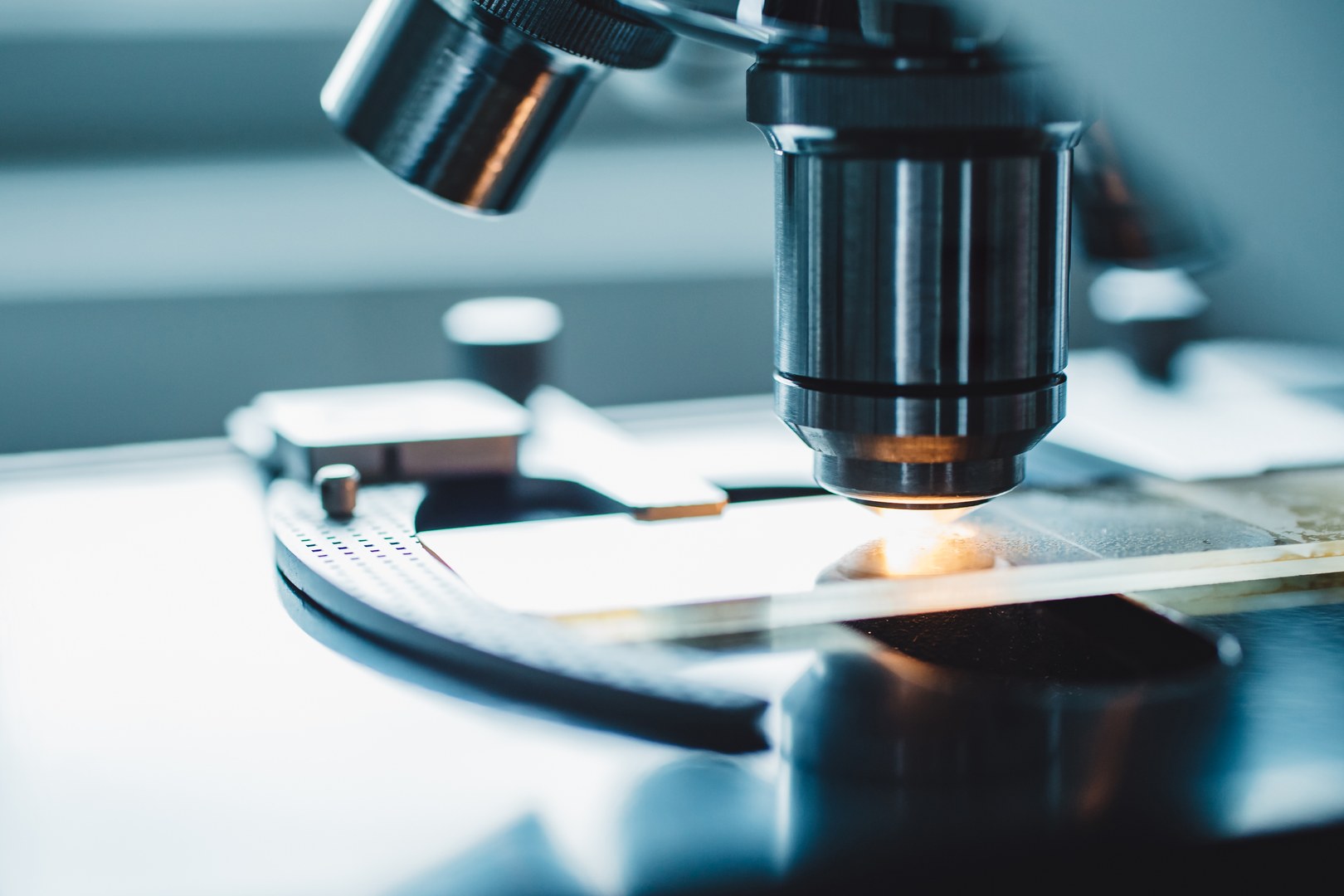Members of the TRR259
Here you will find an overview of the project leaders of the TRR259.
Research Area A
Non-resident effectors of aortic aneurysm and aortic valve disease
The Research Area A will investigate cells infiltrating and surrounding aortic tissue, including regulatory T cells, platelets, macrophages and perivascular adipose cells. It will focus on how they mediate aortic tissue damage on the molecular level and how they orchestrate a pro-inflammatory response through activation and detection of danger signals and physical stimuli. Specifically, TLR3, RIG-I, CD40, S1P and extra-nasal olfactory receptor 2 will be explored and if these pathways can be therapeutically used.

Research Area B
Resident effectors of aortic aneurysm and aortic valve disease
The Research Area B will investigate the genetic footprints and proteins that drive endothelial heterogeneity in the aortic tissue and the pathways influencing aortic disease. It focuses on the analysis of intra- and intercellular communication via non-coding RNA and how they induce inflammation and calcification during aortic disease development. It investigates the molecular events that promote smooth muscle cell fate and phenotype switch in aortic disease.
Additionally, it will elucidate how hyaluronan and fibrillin variants interfere with inflammation, growth factors and structural remodelling, as extracellular matrix components are essential in aortic diseases.

Research Area C
The ultimate goal of the consortium is to improve prevention, detection and treatment of aortic disease. For this, translation of preclinical findings to patient care is essential and requires human induced pluripotent stem cells, 3D cell organoids, small and large animal models, as well as human studies in order to holistically perform disease modelling, prediction of diesease progression, disease phenotyping, diagnostics, risk stratification and therapeutic interventions. Projects in research area C are dedicated to this translational focus.

Research Area D
